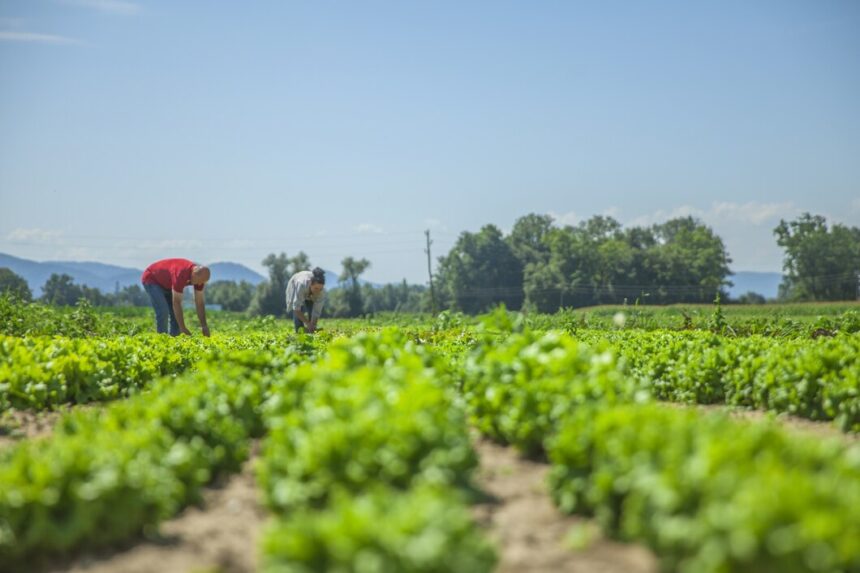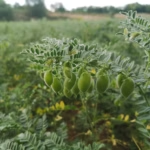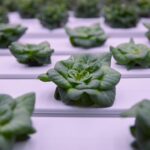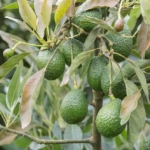South Africa’s arid and semi-arid regions pose unique challenges for agricultural producers, with limited water availability and high temperatures presenting obstacles to crop production. However, with strategic planning and innovative techniques, farmers can overcome these challenges and increase crop yields even in dry climates. Here are ten effective strategies to optimize productivity in arid South African environments:
1. Drought-Tolerant Crop Selection:
Choosing crop varieties that are well-adapted to arid conditions is essential for success. Opt for drought-tolerant crops such as sorghum, millet, pearl millet, and drought-resistant varieties of maize and soybeans that can withstand limited water availability and high temperatures.
2. Efficient Water Management:
Implementing water-efficient irrigation systems, such as drip irrigation and micro-sprinklers, helps optimize water use and minimize losses from evaporation and runoff. Mulching can also help retain soil moisture and reduce water requirements for crops.
3. Soil Moisture Conservation:
Enhancing soil moisture retention through practices such as conservation tillage, cover cropping, and organic mulching helps mitigate moisture stress during dry periods and promotes healthier root development for crops.
4. Rainwater Harvesting:
Harnessing rainwater through techniques like rainwater harvesting and water catchment systems allows farmers to capture and store precipitation for irrigation during dry spells, reducing dependence on groundwater sources.
5. Soil Health Improvement:
Enhancing soil health through practices such as organic matter addition, composting, and soil conditioning with biochar improves soil structure, fertility, and water-holding capacity, supporting better crop growth and yield potential.
6. Agroforestry and Windbreaks:
Planting trees and shrubs as windbreaks and shelterbelts helps reduce wind erosion, evapotranspiration, and soil moisture loss, creating microclimates that are more favorable for crop growth in arid environments.
7. Efficient Fertilization:
Applying fertilizers judiciously based on soil nutrient analysis and crop requirements helps optimize nutrient uptake and minimize wastage, ensuring that crops have access to essential nutrients for healthy growth and development.
8. Crop Rotation and Intercropping:
Implementing diverse cropping systems, such as crop rotation and intercropping, helps improve soil health, pest and disease management, and resource utilization while maximizing land productivity in arid conditions.
9. Precision Agriculture Technologies:
Embracing precision agriculture tools and technologies, such as GPS-guided equipment and remote sensing, allows farmers to monitor crop performance, optimize input use, and make data-driven decisions to enhance productivity and resource efficiency.
10. Climate-Smart Practices:
Adopting climate-smart agricultural practices, such as conservation agriculture, agroecology, and integrated pest management, helps build resilience to climate variability and extreme weather events while promoting sustainable land management and livelihoods.
By implementing these strategies and leveraging innovative approaches, farmers in arid South African climates can improve crop yields, enhance resilience, and sustainably manage their agricultural operations in the face of climate challenges. With careful planning, adaptation, and resource management, agriculture can continue to thrive and contribute to food security and economic development in arid regions of South Africa.








